Bronze Age Shipwrecks in the Mediterranean Sea
Bronze Age boatbuilding techniques: The Zambratija Cove Shipwreck
Journey 3000 years back in time and discover the remarkable story of the Zambratija Cove shipwreck, the oldest entirely hand-sewn boat ever found in the Mediterranean and Adriatic Seas. Delve into the intricacies of Bronze Age shipbuilding techniques and gain insights into the region's maritime history.
By Nick Nutter on 2023-11-30 | Last Updated 2025-05-20 | Bronze Age Shipwrecks in the Mediterranean Sea
This article has been visited 3,150 times

Zambratija Cove shipwreck
A 3000-year-old testament to maritime craftsmanship
Nestled within the tranquil depths of Zambratija Cove, Croatia, lies an extraordinary maritime treasure, the Zambratija Cove shipwreck. Dating back to approximately 1100 BC, this remarkably preserved vessel stands as the oldest entirely hand-sewn boat ever discovered in the Mediterranean or Adriatic Seas. Its exceptional state of preservation offers a priceless glimpse into Bronze Age shipbuilding techniques and provides valuable insights into the region's maritime history.
Do you enjoy my articles? For your reading pleasure, this website does not carry third party ads. You could help me write more articles by buying me a cup of coffee.
Discovery and Significance
The shipwreck was first spotted by local fishermen in 2008, resting in shallow waters just six hundred meters from the shore. Initial investigations revealed the presence of a wooden hull, prompting a team of archaeologists from the Centre National de la Recherche Scientifique (CNRS) in France to embark on a comprehensive excavation project.
The meticulous excavation process uncovered an exceptionally well-preserved vessel, with approximately 70% of its original structure intact. The boat's construction employed a unique sewn technique, utilizing natural fibres such as ropes, roots, and willow branches to bind the wooden planks together. This time-honoured technique, which was a technique of shipbuilding practiced in the Adriatic until the Roman era, passed down through generations of boatbuilders, speaking volumes about the craftsmanship and ingenuity of Bronze Age maritime communities.
Unravelling the Mysteries of the Past
Radiocarbon dating of the boat's timbers places its construction between 1101 and 901 BC, firmly establishing it as the oldest known hand-sewn shipwreck in the Mediterranean or Adriatic Seas. The vessel's dimensions, measuring approximately 7 metres in length and 2.5 metres beam, suggest it was primarily used for coastal transportation and fishing activities.
Zambratija is thought to have been a mastless boat built for seven to nine rowers. It is thought to have been used by the Histri, a local tribe after whom Istria was named. "According to boat lines we can assume that she was a rowboat for fast navigation along the coast or through river straits on the northern Adriatic," said Koncani Uhac, an Underwater archaeologist of the Archaeological Museum of Istria.
The different types of wood used to construct it have been identified as elm, alder, and fir. Sewn boat construction techniques were used in many parts of the world prior to the development of metal fasteners, and continued to be used long after that time for small boats to reduce construction costs where metal fasteners were too expensive. Carefully shaped planks are connected at the edges with overlapping sections, which are sewn together.
In July 2023, divers raised a section of the boat. It is hoped that tree ring analysis of the timbers will give an accurate year the boat was built.
The absence of cargo aboard the ship suggests it may have fallen victim to a sudden storm or mishap, leaving it abandoned at the bottom of the sea. The pristine condition of the boat, remarkably preserved by the protective embrace of the underwater environment, offers a unique opportunity to study Bronze Age shipbuilding techniques and gain a deeper understanding of maritime trade and communication during this era.
Preservation and Future Prospects
The Zambratija Cove shipwreck represents a significant archaeological discovery, shedding light on the maritime heritage of the Mediterranean region during the Bronze Age. Ongoing efforts are focused on meticulously documenting and preserving the vessel, ensuring its long-term protection for future generations.
Plans are underway to carefully raise the shipwreck from the seabed, a delicate operation that requires specialized expertise and advanced technology.
In 2023, the Zambratija was recovered in 15 separate fragments, which were transported to a museum hangar. There, they were cleaned, analysed and tagged before being put in a specially constructed pool to desalinate.
The fragile remains will be transported to a pool in the Arc-Nucleart research laboratory in Grenoble, France, which specialises in the conservation and restoration of ancient archaeological objects.
Once that work is done the Zambratija should be able make a final journey home home, where it will be put on display.
Do you enjoy my articles? For your reading pleasure, this website does not carry third party ads. You could help me write more articles by buying me a cup of coffee.
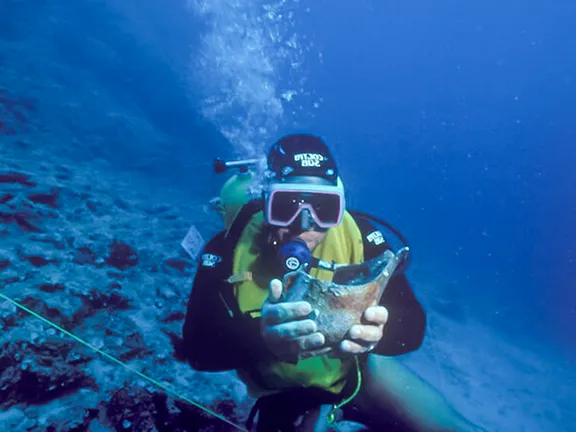 1: Dokos Shipwreck 2200 BC
1: Dokos Shipwreck 2200 BC 2: Pseira shipwreck 1725 to 1675 BC
2: Pseira shipwreck 1725 to 1675 BC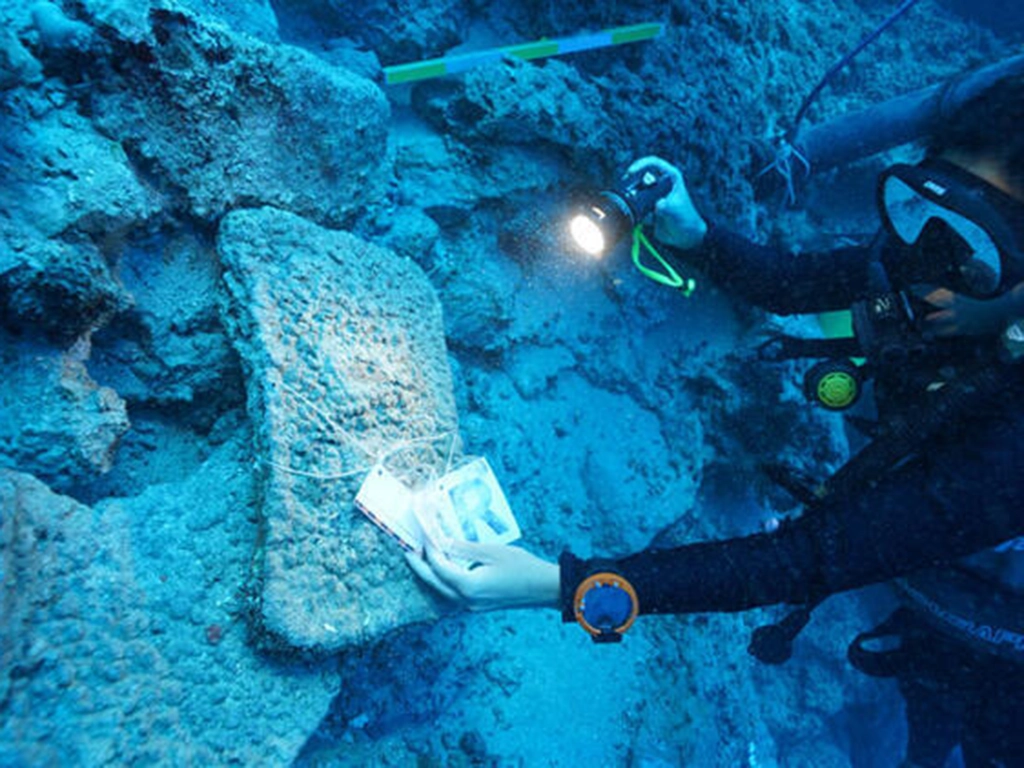 3: Kumluca shipwreck 1600 - 1500 BC
3: Kumluca shipwreck 1600 - 1500 BC 4: Uluburun Shipwreck 1335 - 1305 BC
4: Uluburun Shipwreck 1335 - 1305 BC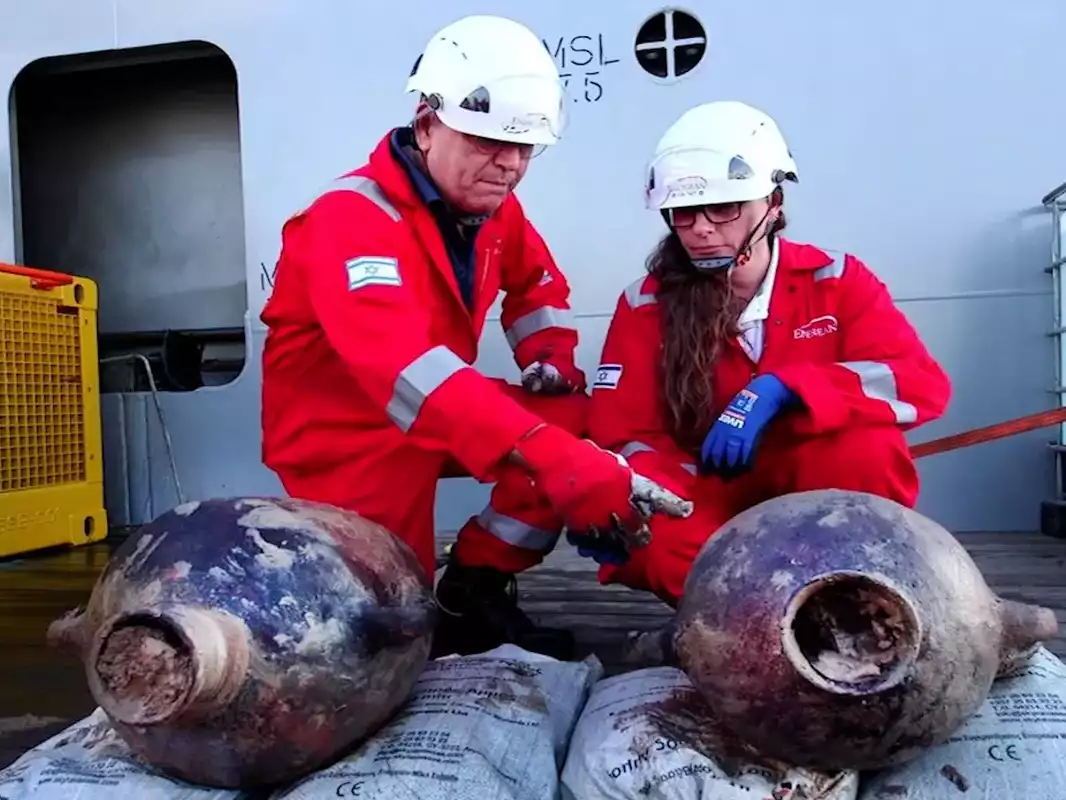 5: Deep Water Late Bronze Age Wreck
5: Deep Water Late Bronze Age Wreck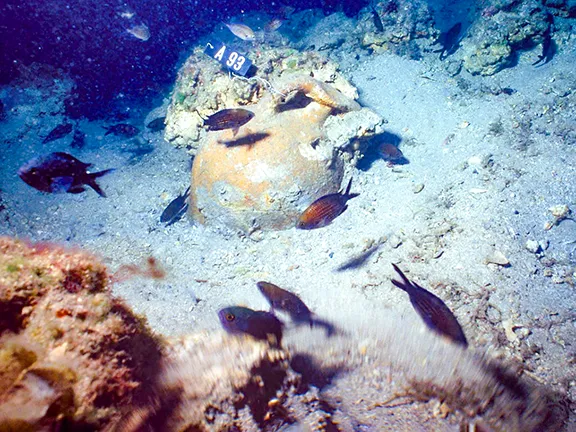 6: Point Iria Shipwreck c 1200 BC
6: Point Iria Shipwreck c 1200 BC 7: Modi Island Shipwreck c1200 BC
7: Modi Island Shipwreck c1200 BC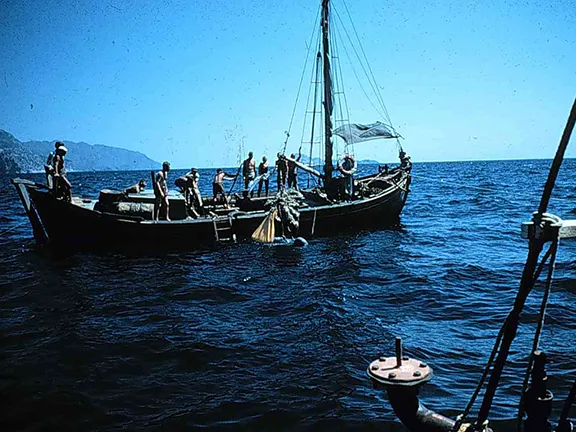 8: Cape Gelidonya shipwreck c 1200 BC
8: Cape Gelidonya shipwreck c 1200 BC 9: Late Bronze Age wrecks on the Carmel coast
9: Late Bronze Age wrecks on the Carmel coast 11: Bronze Age Wrecks - Summary
11: Bronze Age Wrecks - Summary